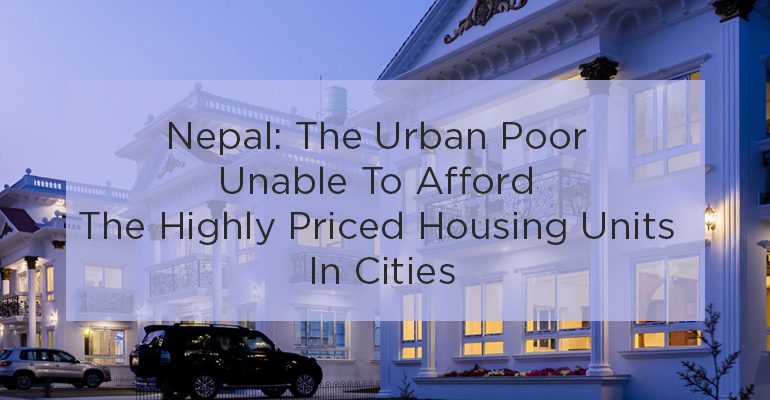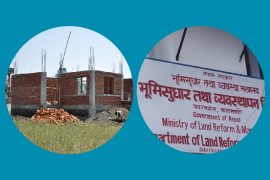The current excessively high cost of land and building materials in urban areas has rendered many unable to afford housing facilities. The high prices have also extended to cost of rental housing units in Kathmandu. Majority of the people who are poor and low-income earners are unable to afford necessary housing facilities even with their high supply.
In the majority of the main cities in Nepal, constructors have concentrated on building complete flats and houses for rental purposes instead of ‘rental rooms.’ The cost of renting these complete units is quite high and unaffordable to most of the urban poor. This is according to “Inclusive Cities: Resilient Communities” report. The 2011 National Census indicated that only 40.2 percent of houses lived in rental house units in urban areas. Kathmandu district recorded 58.7 percent of people living in rental apartments in 2011 while only 33 percent was recorded in 2003/2004.
The government had introduced a specialized housing finance institution back in 1990. This institution, Nepal Housing Development Finance Company, was to foresee that low-income earners had access to houses at affordable rates. The banks and financial institutions also provide housing finance to low-income earners in Nepal. Despite these measures, a majority of low-income earners are unable to acquire rental houses in cities.
The Nepal Rastra Bank (NRB) recently indicated that current investment in housing and real estate is valued at RS 88 billion. Commercial banks in Nepal have a share of RS 65 billion; development banks have RS 12 billion, and RS 10 billion shares for finance companies. The Employee Provident Fund has a less than one percent share in housing and real estate, valued at RS 700 million. Real estate and housing industry contribute 8 percent to the gross domestic product of Nepal. These figures indicate the availability of funds/resources to develop this sector. As such, there are significant possibilities of developing housing facilities for the poor and low-income earners in urban areas of Nepal.
The high prices of rental housing facilities are due to top interests charged for loans from commercial banks and financial institutions which require land or house collaterals. Subsidized credits for the poor are currently unavailable. The Urban Development and Building Construction Department should take into consideration the issue of subsidized loans in their current project of the People Housing Program. They have so far constructed over 6000 housing units for low-income earners in 30 districts.







